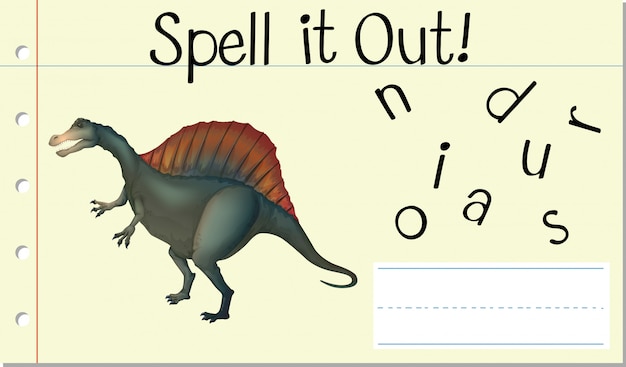

Triceratops had three horns on its head, making it one of the most recognizable dinosaurs.
The name Triceratops means three-horned face in Greek.
Triceratops lived during the Late Cretaceous period, around 68-66 million years ago.
Triceratops was an herbivorous dinosaur, feeding on plants and vegetation.
Triceratops was approximately 30 feet long and weighed up to 12 tons.
The frill on the back of a Triceratops’ head was made of solid bone and was used for protection and courtship displays.
Triceratops had a large beak-like mouth used for cropping vegetation.
Triceratops was one of the last non-avian dinosaurs to exist before the mass extinction event.
Triceratops had a thick, muscular neck that allowed it to support its large head.
Triceratops walked on four sturdy legs and had a bulky body.
Triceratops’ horns could reach up to three feet in length.
Triceratops had a keen sense of smell and good eyesight.
Triceratops may have lived in herds, similar to modern-day grazing animals.
Triceratops’ horns were made of keratin, a protein that’s also found in your hair and nails.
Triceratops likely used its horns for defense against predators, such as Tyrannosaurus rex.
Triceratops’ skull was one of the largest of any known land animal.
Triceratops had a relatively large brain for a dinosaur, indicating a higher level of intelligence.
Fossilized Triceratops footprints have been found, suggesting that they moved in groups.
Triceratops’ frill may have served as a display feature, signaling aggression or attracting mates.
Triceratops’ thick, bony frill provided protection for its vulnerable neck and shoulders.
Triceratops likely had a slow metabolism, similar to modern-day reptiles.
Triceratops’ horns were positioned above its eyes, giving it a wide field of vision.
Triceratops had powerful jaws and teeth that were constantly being replaced, just like sharks.
Triceratops’ teeth were designed for grinding plant material, similar to today’s herbivorous animals.
Triceratops’ strong jaw muscles enabled it to consume tough vegetation.
Triceratops had a nasal passage that ran through its frill, possibly to help cool its body temperature.
Triceratops is one of the most well-studied dinosaurs due to the abundance of fossil remains.
Triceratops fossils have been found in North America, specifically in regions now known as Montana and Wyoming.
Triceratops is closely related to other horned dinosaurs, such as Torosaurus and Styracosaurus.
Triceratops may have engaged in headbutting battles during mating season or disputes within the herd.
Triceratops’ thick bone structure indicates that it was a slow-growing dinosaur.
Triceratops’ horns had a unique shape, with the brow horns curving backward and the nasal horn pointing forward.
Triceratops is often depicted in popular culture, including movies, books, and toys.
Triceratops remains are commonly found in large bone beds, indicating that they may have gathered in areas to die or during times of drought.
Triceratops had a relatively short tail compared to its body length.
Triceratops could have lived for 20 to 30 years, depending on factors such as food availability and predation.
Triceratops’ massive size and powerful appearance have made it a favorite among dinosaur enthusiasts.
Triceratops’ teeth were arranged in a dental battery, meaning they worked together to efficiently break down plant material.
Triceratops’ fossils have been found with evidence of injuries, indicating that they may have fought with each other or faced attacks from predators.
Triceratops’ horns may have had blood vessels running through them, allowing for heat regulation or displaying colors.
Triceratops likely had a low metabolic rate, which means it did not require as much food as other dinosaurs of similar size.
Triceratops may have had brightly colored frills and horns, similar to birds today, for visual communication.
Triceratops was named by paleontologist Othniel Charles Marsh in 1889.
Triceratops’ fossilized remains were first discovered in the late 19th century during the Bone Wars between Marsh and his rival Edward Drinker Cope.
Triceratops is often referred to as the King of the Dinosaurs due to its formidable appearance and widespread popularity.
Around the world, coffee enthusiasts enjoy Monin coffee concentrate since it is a multipurpose product. Conveniently combining…
The Importance of Choosing the Right Shower for Your Bathroom Renovating your bathroom can be…
Usain Bolt holds the record for the fastest 100-meter sprint in history.Bolt was named Sportsman…
Love is in the air... and it smells suspiciously like chocolate!Roses are red, violets are…
Life's a beach, take a picture and relax.Sun, sand, and salty kisses. That's what beach…
Hungary is home to the largest thermal water cave system in the world.The Rubik's Cube…